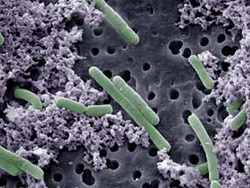B
bajangreen
I know a guy that uses herbs like thyme, parsley, marjoram, and soaks them in water until they are dissolved then makes an ACT with that and chicken shit compost. He has good herb.
I like to mix duckweed into the soil i figure its has good bacteria on the roots and the small leaves brake down like a slow release fertilizer.
Water from a fish pond filter.
My recent toy is Lato bacteria is keeps the organic smell way down.
I like to mix duckweed into the soil i figure its has good bacteria on the roots and the small leaves brake down like a slow release fertilizer.
Water from a fish pond filter.
My recent toy is Lato bacteria is keeps the organic smell way down.



 lol
lol


